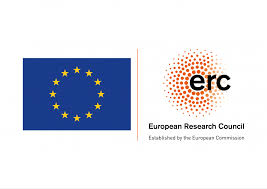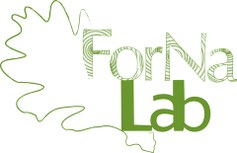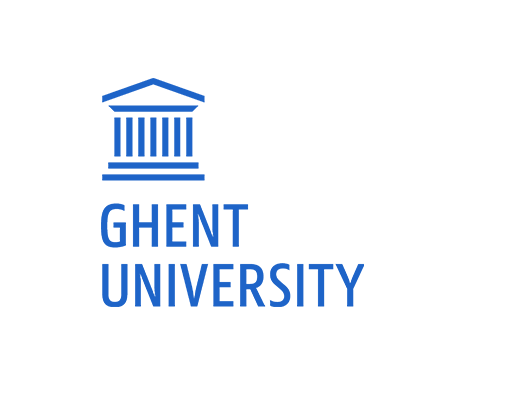MIRRA: Microclimate Real-Time Remote Applications
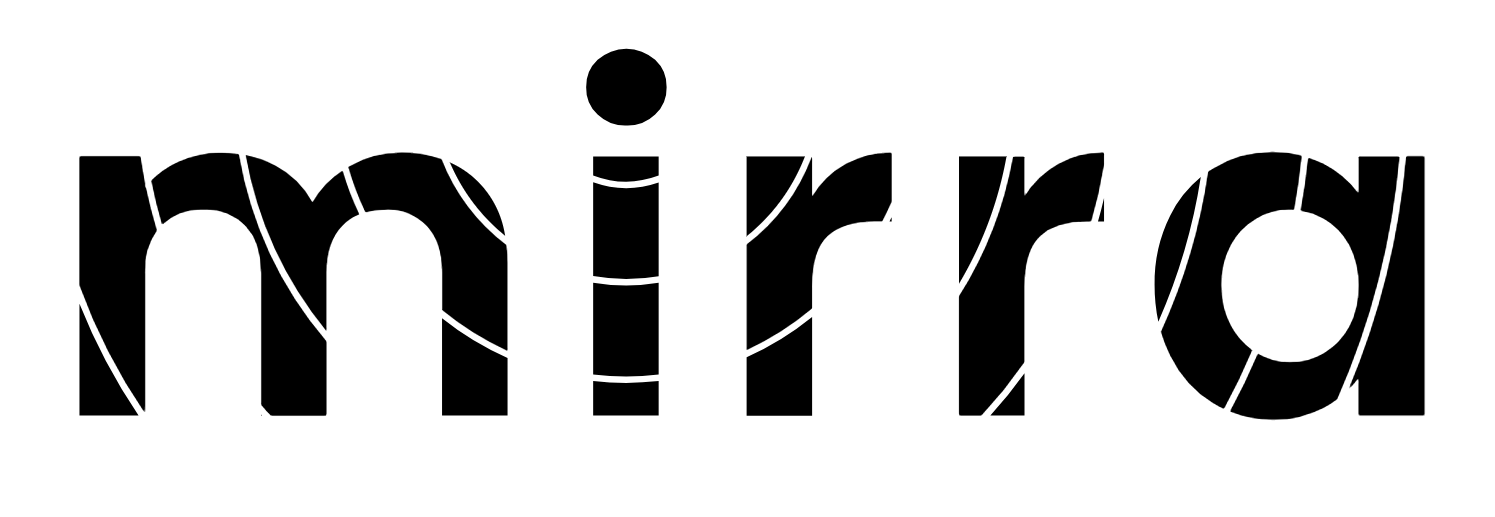
MIRRA is a microclimate monitoring system that provides real-time access to microclimate data. On this website you can explore the microclimate measured by MIRRA sensor units currently installed in a temperate broadleaf forest in Belgium: the Aelmoeseneie forest (map). MIRRA is designed to be modular, allowing users to choose different sensors depending on the application, but generally includes measurements of soil and air temperature, relative humidity and light intensity. All sensor units send the collected data from the sensors to a central gateway unit with radio communication. Next, the central gateway then transfers the data further to the MIRRA database via a wifi connection. Figure below shows a representation of the MIRRA network architecture with a) showing how the different components communicate with each other and b) showing a block diagram. © Olivier Pieters.
Figure below shows a detail of the MIRRA PCB that serves as sensor node and gateway (left) and an overview of a sensor node with the 4 sensors attached (right).
For more technical information on how to build your own MIRRA gateway and sensor set, or to explore the underlying LoRa communicatino technology, you can find more information in the user manual, in this paper on the first prototype by Olivier Pieters and in the developer manual on github.
The design and development of this MIRRA system followed a rather meandering journey with many roadblocks and the necessary updating of the system. Even now, the current set-up can be mainly considered as a prototype, but with great potential for further development. You can read more about the development process in this reflection paper by Eline Lorer and Dries Landuyt: From prototype to reality: moving beyond the technology hype in ecological research, published in the Bulletin of the Ecological Society of America.
On this website, you can access the MIRRA database and explore how cool, moist and shady it is right now in the Aelmoeseneie forest in Belgium. The Aelmoeseneie forest is a forest that is characterized by a rich understorey flora (picture below, left) and hosts a lot of research infrastructure of Ghent University, including a measuring tower that allows canopy studies (figure below, right).
⚠️ This is a research project with limited testing conducted, so the reliability of data transfer cannot be fully guaranteed. As a result, dynamic graphs of the showcases or real-time visualizations may not always function as expected.
Microclimate sensors
Air temperature
MIRRA measures air temperature. The currently installed units have a sensor at approximately 50 cm above the soil surface. As such we measure the air temperature experienced by many plants and animals living in the forest, which can differ substantially from air temperatures measured by weather stations in open fields. For example, in a forest it is typically shadier compared to an open field, which makes it a generally cool place in summer.
The air temperature sensor is covered by a grey PVC tube to avoid direct sunlight falling on the sensor and heating it up making the sensor measure warmer temperatures than the actual air temperature. At the same time, the PVC tube protects the sensors and the wiring from rainfall while still allowing passive airflow.
The figure below shows the sensor that measures air temperature and relative humidity (left) and the installation of this sensor below a radiation shield in the forest (right).
Relative air humidity
MIRRA also has a humidity sensor next to its air temperature sensor, which measures how saturated the air is with moisture, also referred to as the relative air humidity. This is an important part of the microclimate as it strongly impacts how dry the environment is experienced by organisms. Plants, for example, evaporate water through their leaves at higher rates when the air contains less moisture (the relative humidity is lower). During droughts, the relative air humidity and air temperature are both important parameters that determine how plants are affected by a lack of water.
Light availability
On top of the MIRRA unit you can find a light sensor that measures the amount of light falling onto the sensor. For plants, light is a crucial resource for photosynthesis and plant growth. Light availability is thus an important measurement when studying plant growth. For many other organisms and processes it can also be interesting to measure light availability, as sunlight is an important driver of many biophysical processes and organism responses (e.g., in insects, reptiles and amphibians).
The figure below shows a detail of the top of the radiation shield with the filter that covers the light availability sensor (left) and a view of the air temperature and humidity sensor and the light availability sensor in the radiation shield (right).
Soil temperature
MIRRA is also connected with a soil temperature sensor which can be installed at varying depths into the soil or litter layer. With this measurement it is possible to measure the temperature of the soil at a depth that is relevant for specific soil organisms or processes. For example, the deeper into the soil, the more the temperature is buffered from daily weather variations. Soil temperature experienced by woodlice in the topsoil layer can thus differ from soil temperatures experienced by earthworms burrowing in deeper soil layers.
The figure below shows a detail of the soil temperature sensor (left) and an example of the installation of the sensor unit in the forest, with the soil temperature sensor buried at 5 cm depth to monitor the soil microclimate (right).
Showcases
On this website we showcase the potential of MIRRA as a real-time source of microclimate data, with three examples.
Showcase 1: canopy buffering compares the microclimate on the forest floor with the macroclimate above the canopy
Showcase 2: formica experiment demonstrates the effect of a climate change experiment including a warming, light addition and forest edge treatment on forest microclimate and on an experimental forest plant community.
Showcase 3: open top chamber experiment demonstrates the effect of a climate change experiment with small greenhouses in the forest on microclimate and on long-term changes of forest plant biodiversity.
Team and contact information

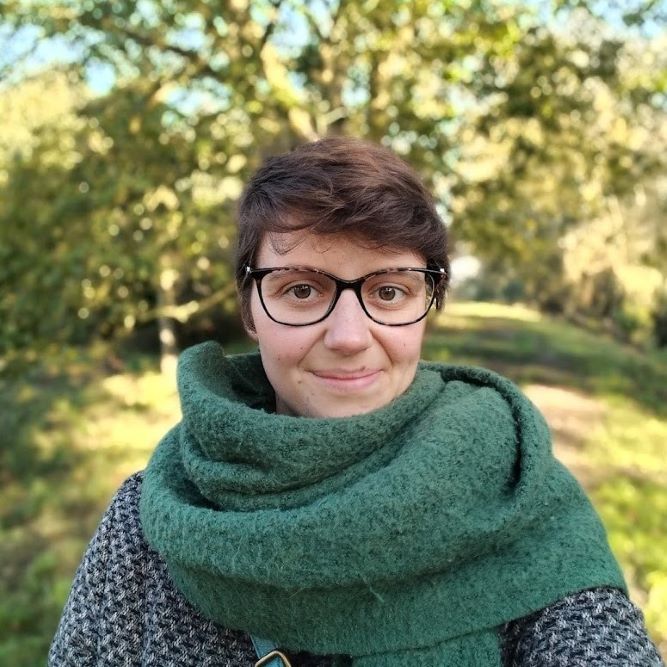
Dr. ir. Karen De Pauw
Project management, showcase installation, data visualization and website development

Dr. ir. Pieter Vangansbeke
Project management, showcase installation, data visualization and website development
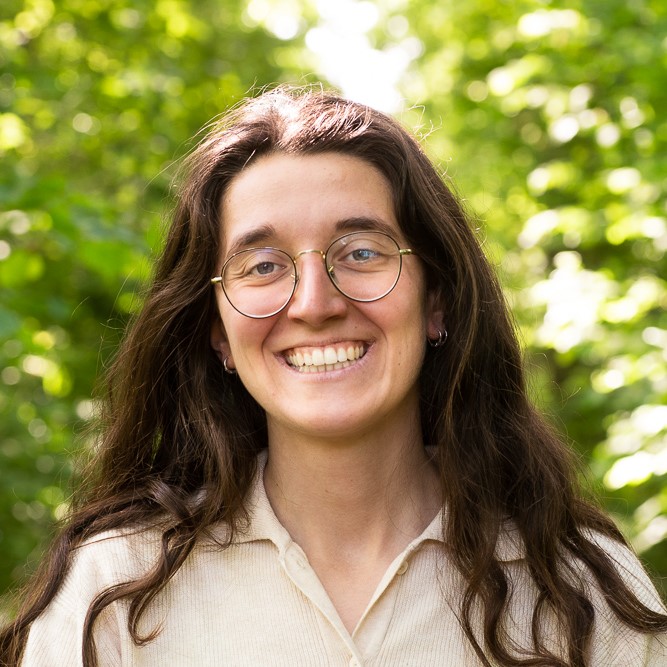
MSc. Eline Lorer
Project management, showcase installation, sensor design and configuration
Olivier Van Wassenhove
Sensor, software and hardware design and configuration

Dr. ir. Olivier Pieters
Sensor, software and hardware design
MIRRA has been developed with the indispensable support of many collaborators. We specifically want to thank Kris Ceunen, Dries Landuyt, Kris Verheyen, Emiel Deprost, Jonas Van Der Donckt and Fien Vander Meulen.
Funding
This project was funded by the European Research Council (ERC) with a proof-of-concept grant to Prof. Pieter De Frenne (ERC Proof of Concept Grant 101067679).




